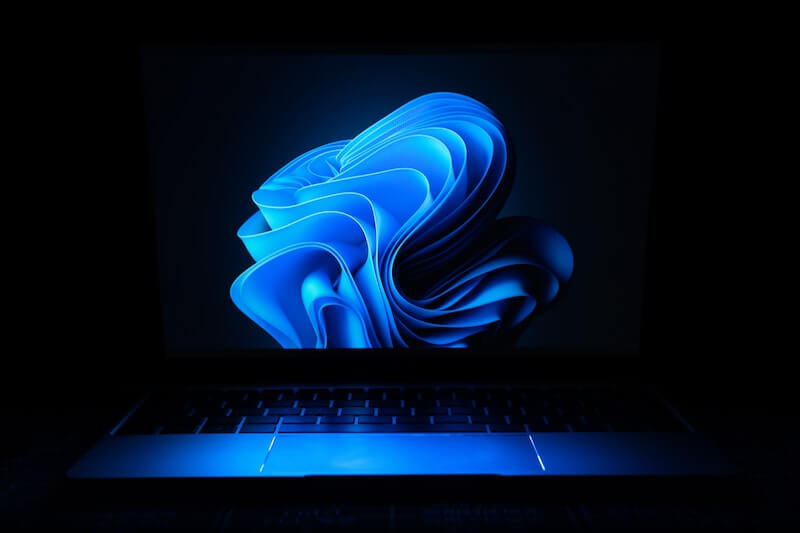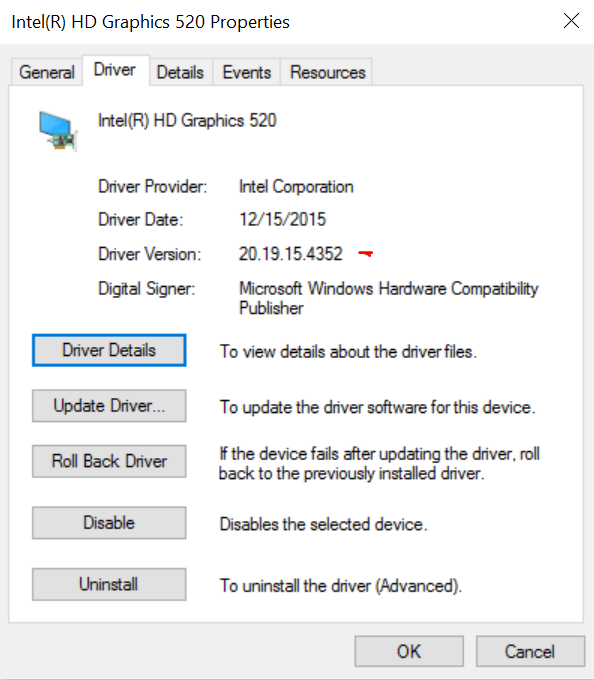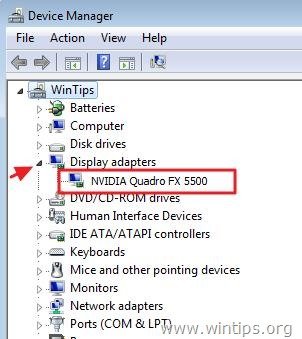

Note: Intel made their drivers open source so there is no proprietary driver. For other cards just replace the "fglrx" with the driver installed for your card. They can also be downloaded directly from the manufacturer's site but when a kernel update is done it may require the driver to be reinstalled as the driver is dependent on the kernel version.įor our example here let's assume that we are using an ATI graphics card and the proprietary driver (fglrx) is installed.

The proprietary drivers are provided by ATI and nVidia through our update service and can be installed through YaST (Software->Software Management) or through the zen-installer. For ATI and nVidia cards the proprietary drivers will provide additional capabilities and performance such as 3D Acceleration. Due to the Open Source (GPL) licensing of our products we can only provide the open source versions of the drivers. There are two types of drivers for graphics cards, open source and proprietary. What is the driver used for your graphics card? If I connect to just the ASUS, i get the higher resolution, so I suspect it has something to do with how I am trying to split to two monitors, but I do not really understand why it would not work, unless I am misunderstanding some of the equipment.What graphics card is installed in the system? The description of the model (Hieracool) says it is capable of supporting two HDMI outputs at high resolutions, and the reviews seem to show people with two large monitors that work fine. I am running two HDMIs through the hub, one to each monitor.

Second monitor: ASUS VG245, running resolution of 1366 x 768, but it should go up to 1920 x 1080 Laptop: Dell XPS 2020 (brand new just got it)įirst monitor: Dell U2717D, less than a year old, running resolution 2560 x 1440 I know it is important to have the right equipment/power, and some of what I looked up was more complicated, but I thought what I have should work. I am connecting to two monitors, but the resolution on the second monitor is capped, not allowing me to select its native resolution, causing everything to appear zoomed in.


 0 kommentar(er)
0 kommentar(er)
